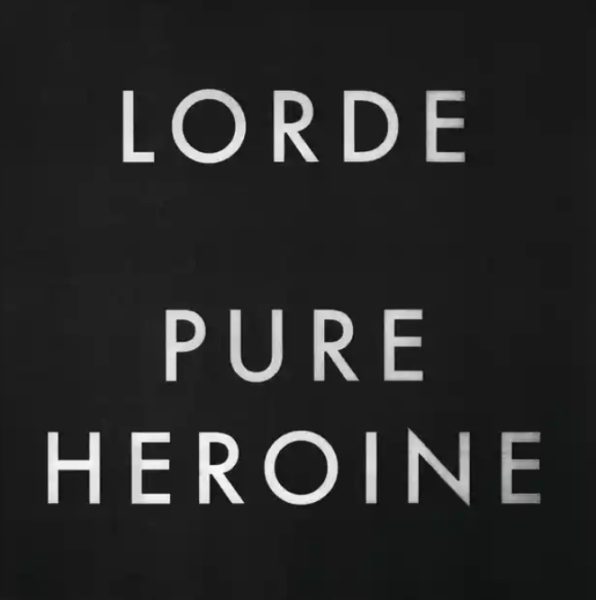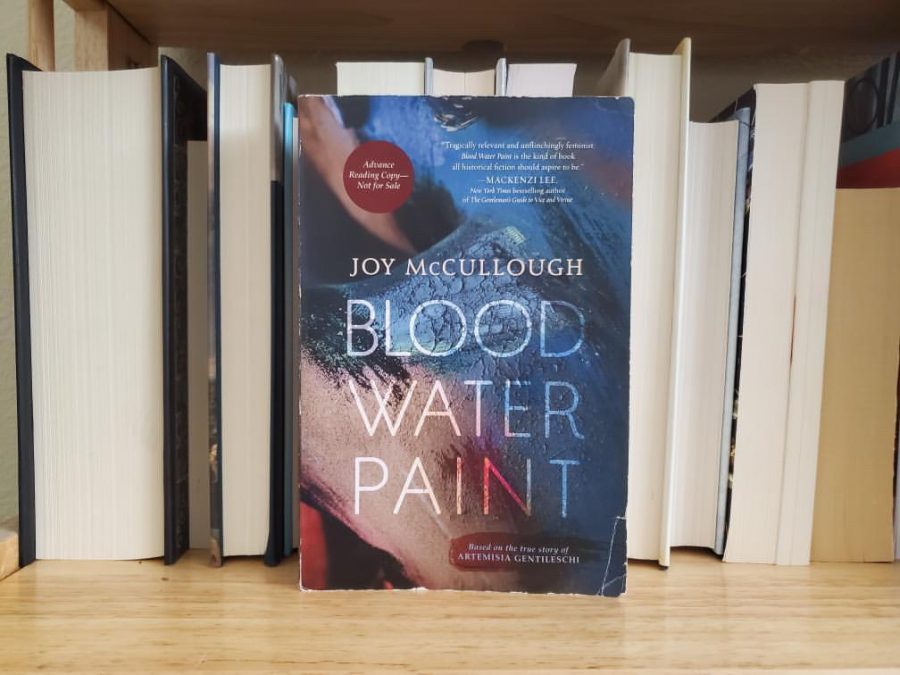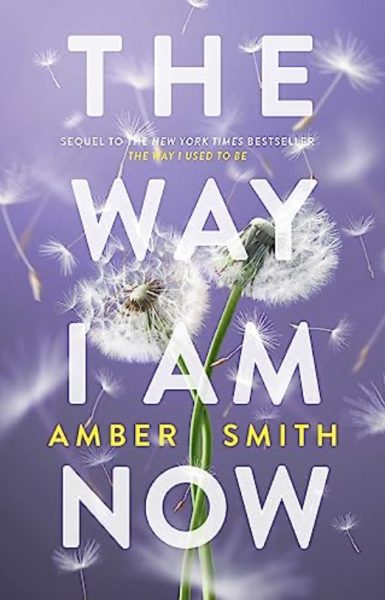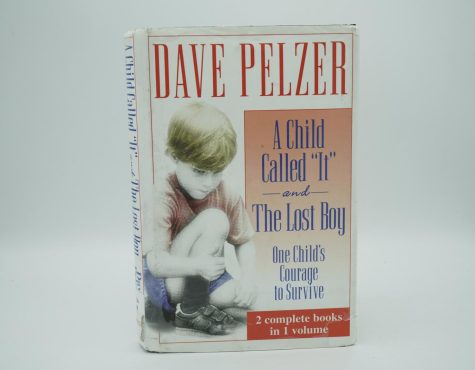“Blood Water Paint” is a must-read
My mind cannot be changed
A story that will make you think and is just as beautiful as the cover.
This review contains a few small spoilers. Reader discretion is advised.
Trigger warning: rape
Blood Water Paint by Joy McCullough is beautiful. I cried, I threw the book across my room in outrage, and I finished it a different person than when I started.
The novel follows Artemisia Gentileschi, a 17-year-old girl in 1610 who paints under her father’s name (because 17th century Rome was sexist as heck). She thinks she has a chance at more recognition when a renowned painter becomes her teacher and mentor, but it turns out said painter was only interested in Artemisia for sex, not her talent. He rapes her with the knowledge that Artemisia’s gender and status will likely keep anyone from believing her over him. But Artemisia risks everything ― even her ability to paint ― for a small bit of justice, all the justice she can get.
Artemisia intertwines descriptions of her own experiences with memories of her mother telling her the stories of biblical women Judith and Susanna, who quickly become reader’s heroes. McCullough made a great choice in doing this: it enhances all three women’s tales and gives the reader relief when one story becomes too much (which happens often). After Artemisia is raped, she is faced with difficult decisions and strong emotions that McCullough makes you feel with her (hence the aforementioned book-throwing and crying) as she decides what kind of woman she wants to be.
Now, this book is heavy. Like, a weighted anxiety blanket made for someone twice your size kind of heavy. It’s recommended for those 14 and up, so if you can’t watch a PG-13 movie yet, put this on the back burner until freshman year.
While it will make you feel things you don’t really know how to handle (without punching a hole in your wall like a frat boy named Kyle), that’s the point. You become so invested in the book that you feel what Artemisia feels, the good and the bad.
And the ending? Amazing! It isn’t that of a fairy tale; Artemisia can’t paint something and then claim it and POOF! sexism gone, she gets her own studio and everyone loves her ― the end. That’s not how it works in the real world, and it’s not how it works out for Artemisia either.
You don’t leave this book satisfied. You leave it angry ― outraged at what Artemisia went through and the injustice she faced. McCullough lights a fire in you that won’t go out any time soon. I’ve read the book twice (which says something because I’m a chronic one-and-done reader), and in the two years between reads, I never forgot Artemisia, Judith, or Susanna.
I recommended Blood Water Paint to the MHS book club for our November book, and boy was that a good choice. Our group all became invested in Artemisia’s story and had similar feelings of sadness and anger throughout. So don’t just take my word for it. There are eight other bookworms behind me who would recommend this book to you, too.
While the novel is best understood by a female audience, it’s an important story for everyone else to read and experience as well. Even if you don’t relate to Artemisia, knowing what it was like, and still is like for some, to be a woman living in a man’s world is an invaluable lesson.
This novel is not the fanciful imaginings of an author ― it’s based on a real girl who actually went through real horrors. To ignore or dismiss the journey McCullough leads us through would be a disservice to the women who have suffered and fought, demanding change in the way the world sees women.
Read the book. Thank me later.
Your donation will support the student journalists of Mead High School. Your contribution will allow us to purchase equipment and cover our annual website hosting costs.

Ashliee Treblik is a Senior. She enjoys reading, listening to musicals, and exploring Longmont for new coffee shops. She is involved with NHS and the MHS Book Club. She is looking forward to becoming more involved with her community and working with new people.
You can contact her at [email protected].
















Arizona Lee • Dec 15, 2020 at 1:02 pm
This sounds like such an interesting and informative novel! Definitely adding it to my list of books to read over Winter Break.